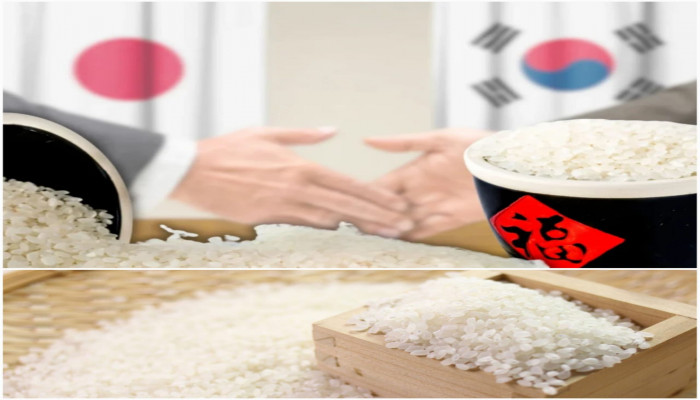Japan faces rice shortage, imports grain from South Korea for first time in 25 years
- In Reports
- 05:07 PM, Apr 22, 2025
- Myind Staff
Japan is facing a rice shortage that has led the country to import the grain from South Korea for the first time in over 25 years, in an effort to ease soaring prices and calm consumer concerns. Local media reports say that South Korean rice arrived in Japan last month, marking the first such import since 1999, despite government attempts to bring domestic prices down. The cost of Japanese-grown rice has more than doubled compared to last year, pushing consumers to seek more affordable imported options.
According to NHK, only a small quantity, just two tonnes, of South Korean rice has been sold so far through supermarkets and online stores. However, plans are to bring in an additional 20 tonnes soon.
Japan’s agriculture ministry reported that as of April 6, a 5-kilogram bag of rice cost 4,214 yen, or roughly 29 dollars, more than twice what it cost at the same time last year. This sharp price increase is mainly due to reduced rice production caused by poor weather in 2023.
In response to a domestic shortage and rising prices, Tokyo-based restaurant owner Arata Hirano started using American rice last year. He briefed Reuters that although the price of the Californian rice he uses has doubled since last summer, it’s still cheaper than Japanese-grown rice. “I have no qualms about eating imported rice. Prices have gone up, so I’m always looking for cheaper options,” said Arata Hirano.
A drop in rice production has led the Japanese government to take an unusual step by using its emergency rice reserves. In March, it released 210,000 tonnes of stored rice to prevent prices from rising further.
Japan has previously used its reserves during natural disasters or poor harvests, but this is the first time it's done so because of distribution issues.
The country’s rice stockpiles were already under pressure after extreme heat damaged the 2023 crop. The situation worsened last year as tourist demand increased and panic buying, fuelled by typhoon and earthquake warnings, disrupted supplies, leading some stores to limit how much rice customers could buy.







Comments